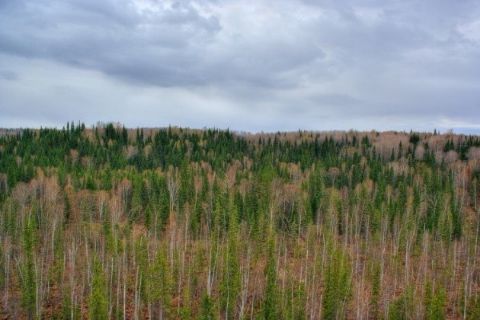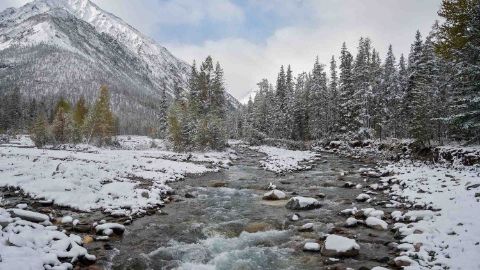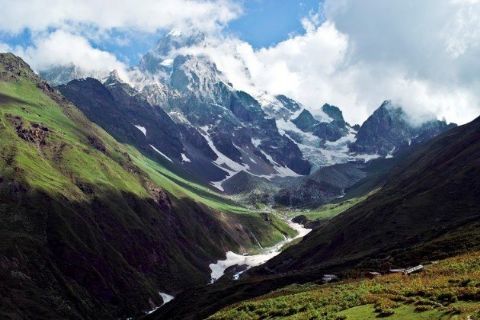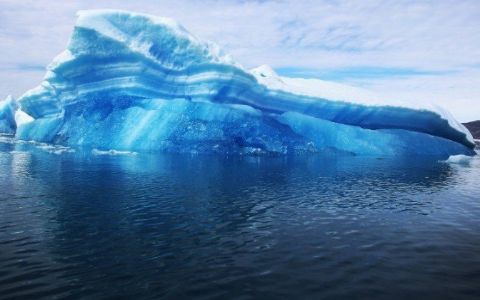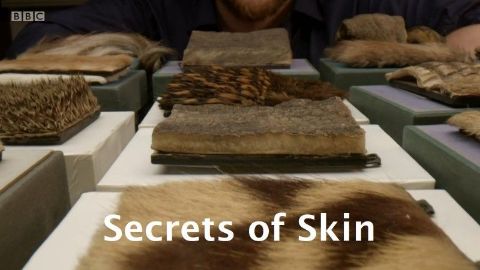Kamchatka • 2009 • episode "S1E1" • Wild Russia
The volcanic Kamchatka peninsula is located on the far east of Russia. Because of the frequent volcanic eruptions and landslides, the terrain is constantly changing. But, despite the fact that the remote Kamchatka region is considered dangerous, it is unusually rich and fertile. Exploring the riches of this magical land, our film does not miss anything. In the frame - the golden eagles soaring in the sky, the wolverine, scavenge, the whole family of red foxes, and even the owners of these places - brown bears, happy to take baths in natural hot springs.
Make a donation
Buy a brother a hot coffee? Or a cold beer?
Hope you're finding these documentaries fascinating and eye-opening. It's just me, working hard behind the scenes to bring you this enriching content.
Running and maintaining a website like this takes time and resources. That's why I'm reaching out to you. If you appreciate what I do and would like to support my efforts, would you consider "buying me a coffee"?
Donation addresses
BTC: bc1q8ldskxh4x9qnddhcrgcun8rtvddeldm2a07r2v
ETH: 0x5CCAAA1afc5c5D814129d99277dDb5A979672116
With your donation through , you can show your appreciation and help me keep this project going. Every contribution, no matter how small, makes a significant impact. It goes directly towards covering server costs.

